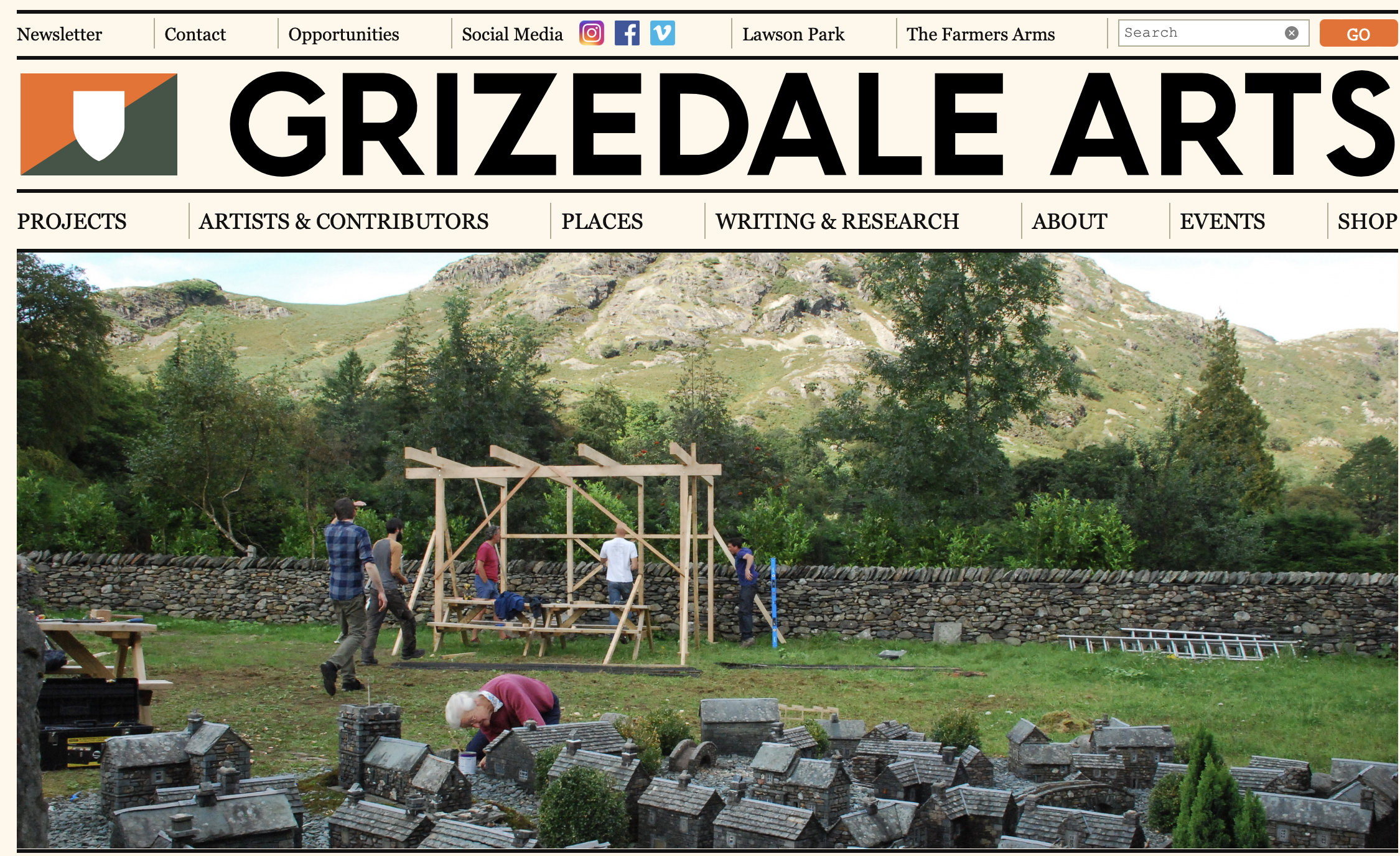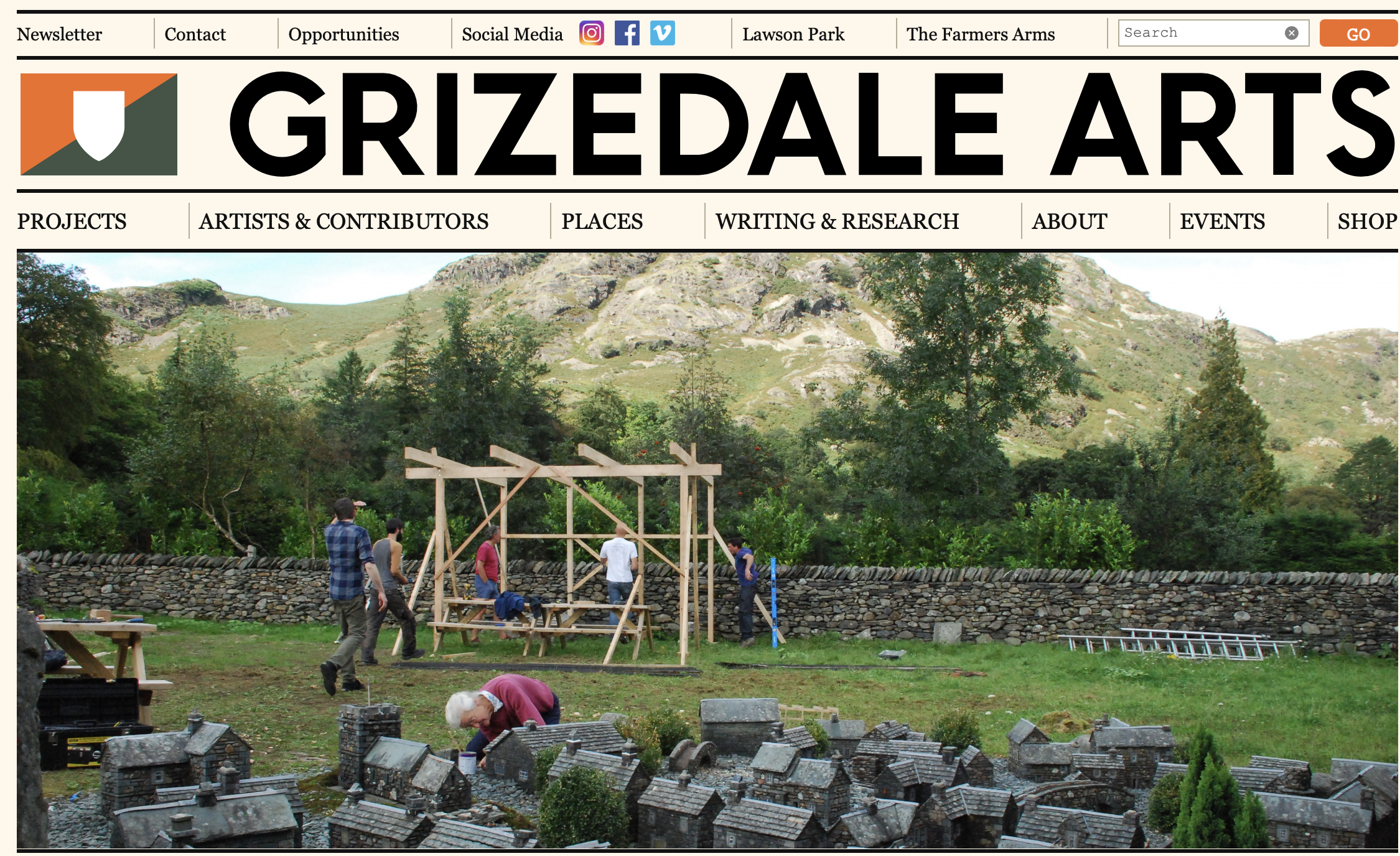Terry Smith systematically describes the complex context in which contemporary curatorial practice takes place, which he calls the ‘visual art exhibition complex’ (VAEC). He points out that modern curatorial activities take place in a multi-layered ecology comprising a variety of exhibition venues, including national museums, commercial galleries, artist spaces, temporary exhibition venues and online platforms. Smith believes that to understand contemporary curation, it is not only necessary to master specific methods of operation, but also to recognise the historical evolution, power structures, internal dynamics and interactions between elements of this ecosystem.
The article uses seven charts to break down curatorial practice into key dimensions, including occupational categories, exhibition types, display formats, curatorial styles, audience types and partnerships. He compares these charts to the ‘grammatical structure’ of curation, arguing that” curation is not just the arrangement of artworks, but also a way of organising cultural meaning.”(Smith,2017, p. 179)Smith ultimately calls for curatorial education to move beyond a practical orientation, to help students understand the macrostructure in which they are situated, and to shape the future of curation through a combination of practice, theory and critical thinking.
Based on the five exhibition cases provided in the class, Grizedale Arts (rural Cumbria, UK) was used as an example to explore its themes, forms, public participation and accessibility. Its mission is to integrate art into daily life, emphasising locality and community values. The project format is residency, commissioned creation, and community cultural projects. The type of artist is mainly emerging artists, focusing on rural, Japanese and other cultural backgrounds. The curatorial theme is the life, practicality and local practice of art. The curatorial method is to stimulate community participation through on-site creation and cultural reconstruction. Public participation is encouraged through the operation of community spaces such as the pub ‘The Farmer’s Arms’, which encourages local residents to participate in artistic production. Accessibility: Located in the countryside, it emphasises in-depth local participation and cultural self-organisation. It provides a curatorial framework for me. If I want to curate an exhibition, I need to consider these aspects.

https://www.grizedale.org/
Workshop:
In the afternoon panel discussion, I raised the question of how to plan an exhibition involving the culture of another country and how to plan the exhibition well so that the public can also understand it.
1. In-depth research and cultural sensitivity
Curators should first conduct in-depth research on the target culture, including the history, social background, artistic tradition and its extension in the contemporary context. During the research process, rich cultural information can be obtained by reading academic writings, artist interviews and ethnographic materials. For example, Clifford mentioned in The Interpretation of Cultures that “culture is a “web” of meanings and that researchers need to understand its unique symbols and practices through in-depth cultural analyses.”(Clifford, 1973) This approach helps curators to avoid superficial understanding when curating exhibitions. As Smith argues, “Exhibitions […] are now the primary means by which contemporary art is mediated, experienced and historicised.” This implies that curators must treat exhibitions as interpretive acts, requiring cultural sensitivity and contextual accuracy. (Smith,2017)
2. Collaboration with culture holders
Curators can ensure the authenticity and authority of exhibition content by working with artists, local culture holders and experts. Increasingly, curators are becoming cultural collaborators rather than mere presenters. By working together as equals, curators and artists can explore the complexities of culture together and present multi-dimensional narratives. For example, a curator of a Ukrainian photography exhibition at the STILL exhibition gallery in Edinburgh who is not Ukrainian can ensure that the content of the exhibition honours Ukrainian culture and accurately reflects current social and political realities by working closely with Ukrainian artists, historians and other cultural experts. As O’Neill puts it, “Curators are increasingly cultural collaborators rather than mere presenters,” highlighting how dialogue and shared authorship are essential to curating across cultural boundaries. ( O’Neill, 2012, p. 173)
3. Avoiding Cultural Appropriation and Emphasising Empathy and Connection
Non-local curators need to pay special attention to avoiding Cultural Appropriation, i.e. the fragmentation, commodification or out-of-context presentation of other people’s cultures in the curatorial process. Curators should try to build deeper connections with their audiences by searching for universal values and resonance with human emotions. Edward Said’s critique of how the West depicts Eastern cultures through simplification and stereotyping in Orientalism provides a counterpoint to curating: avoiding a singularly “exotic perspective” on non-local cultures. (Said, 1978) In O’Neill’s words, “Exhibitions are both subjective political tools and modern rituals of identity maintenance — be it artistic, national, subcultural, ‘international’, gendered or regional.” This underscores the need to resist exoticism and to frame cultural representations with political and ethical awareness. ( O’Neill, 2012, p. 176)
4. Using curation as a platform for intercultural dialogue
Curators can transform the exhibition space into a platform for cultural dialogue rather than just a one-way transmission of information. For example, exhibitions can include interactive sessions, such as audience discussions with Ukrainian artists, documentary film screenings or workshops, in order for the audience to gain a deeper understanding of the cultural context and emotional content of the works through multiple formats. This approach is reflected in Mieke Bal’s Exhibition as Film (2007), in which she argues that an exhibition is not only a place to display artefacts but also a medium for constructing cultural experiences through narrative and interaction. (Bal, 2007)
Bibliography
Bal, Mieke. “Exhibition as Film.” In Exhibition Experiments, edited by Sharon Macdonald and Paul Basu, 71–93. Malden, MA: Blackwell Publishing, 2007.
Geertz, Clifford. The Interpretation of Cultures. New York, NY: Basic Books, 1973.
O’Neill, Paul. “The Curatorial Turn: From Practice to Discourse.” In Issues in Curating Contemporary Art and Performance, edited by Judith Rugg and Michèle Sedgwick, 13–28. Bristol: Intellect Books, 2007.
Said, Edward. Orientalism. New York, NY: Pantheon Books, 1978.
Smith, Terry. “Mapping the Contexts of Contemporary Curating: The Visual Arts Exhibitionary Complex.” Thinking Contemporary Curating, edited by Terry Smith, Independent Curators International, 2017, pp. 167–181.



3 February 2025 at 10:53
Your first two blog posts evidence engagement with some key concepts and issues in curatorial practice – from audience engagement to cultural appropriation – and this is supported by some research into curatorial theory and practice.
When using examples, ensure that you have undertaken sufficient research to support your use of these. For example, you reference an exhibition of Ukrainian photography at Stills to make a point about how curators from outside of a particular culture can make exhibitions . However, I believe the curators of this exhibition are Ukrainian so this example doesn’t support the point you are making here.
Relatedly, you reference an exhibition at the V&A Museum as an example of good practice but greater detail would be useful to show this more clearly. You describe the collaboration with Indian designers and artisans as “in-depth” but what did this look like in practice?
At present, your blog discusses themes and issues in curatorial practice generally. Your blog should document the research and development of your individual project and in your next blog posts it would be useful to include some detail on your developing ideas for your individual curatorial proposal. What are you thinking about developing? How is the wider research you are doing influencing your approach?
Remember too that your blog should also include some information about the work you are undertaking collectively in the planning meetings. For example, in our last planning meeting, you shared initial ideas with your two of your peers and some reflection on this discussion would be a valuable inclusion to our blog. Did your peers ask any useful questions that have prompted you to consider your project ideas in a different way?